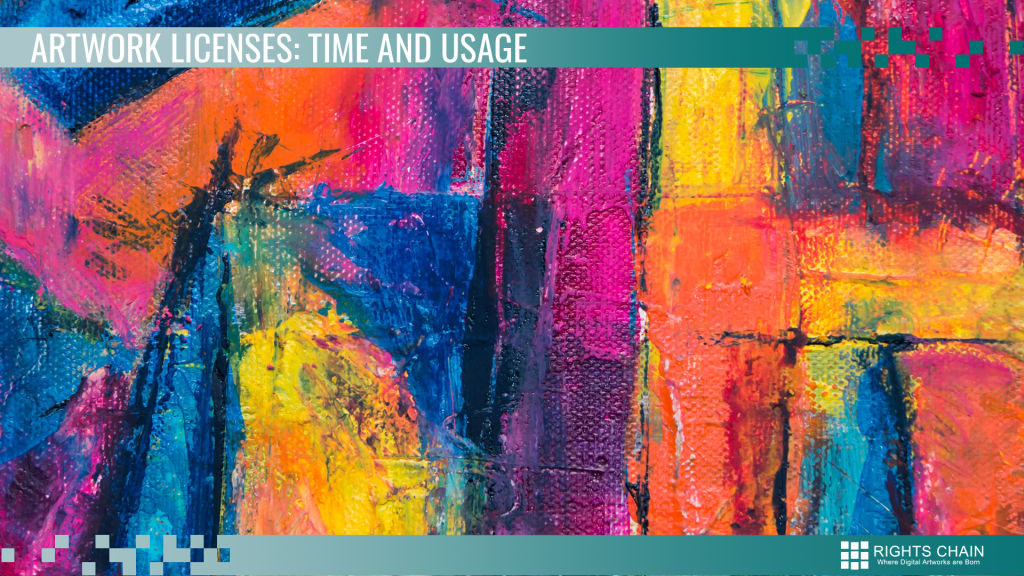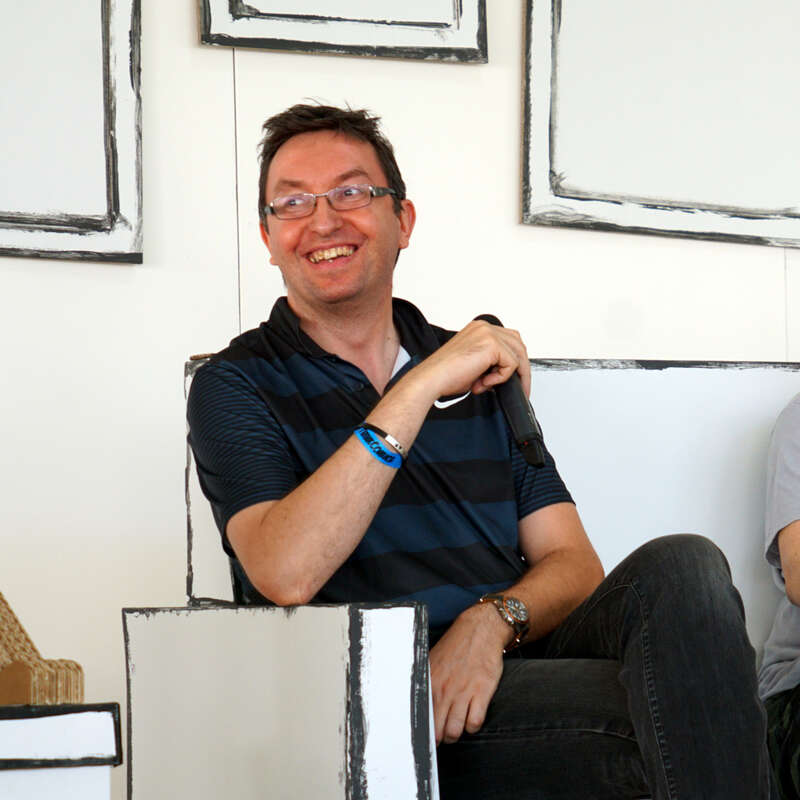The problem of time and usage licence of Artworks

- 2018-05-30
- Sebastian Zdrojewski
- News
Over 1,2 billion works were registered with a Creative Commons licence in 2016. Written works, videos, songs, illustrations, photos. The copyright attributed to an artwork with a Creative Commons licence is used more and more every year, showing how the creativity of artists is growing. However, an artwork being licenced with a Creative Commons licence does not mean that the people using the artwork respect the licence terms.
The licence is attributed to an artwork upon its first publication. This defines how it can be reproduced, copied, distributed, modified, or used for commercial purposes. Some online services, such as 500px or YouTube, introduced the possibility to attribute a Creative Commons licence to their work upon upload on their websites.
Even when a picture or photo is published on Facebook, for instance, you give the social network a non-exclusive licence for free usage of the published material, until it is removed from the website (which is the moment when the licence ends, ref. Terms and conditions of use, section 2, "Sharing your content and information", paragraphs 1-5).
Every website, social network, portal has a policy of content use and share. If we asked how many people read the terms and conditions of any of the most common social networks, however, we probably wouldn't be able to count them on a whole hand.
What's the dilemma in all of this? The point of origin.
Since controlling the spread of digital works online is impossible, the only moment when something can be done, is the moment the artwork is created. It is also the moment when it is possible to attribute a licence to the artwork, to rely on when necessary. Furthermore, if one uses several social networks to share their artwork (for instance Facebook, Instagram, Twitter, Tumblr, etc.), remembering the exact order of publication to determine where it was published first, can be extremely complicated.
The idea behind Rights Chain is allowing Artists to create the "point of origin" of their works, marking the creation date and Author, but also attributing a licence to the work. The licence can't be altered once the work has been publicly shared, which makes that a crucial moment to properly define it.
For instance, with Creative Commons licences, the “CC BY” model allows anyone to share the original work through any means, to edit it, and use it for commercial purposes, provided that the Author is properly attributed to it, the licence is mentioned, and it is indicated whether the file has been modified.
For this CC licence to be applicable, however, it is necessary that the licence be mentioned together with the first publication of the work itself, otherwise the validity of the licence will be hard to prove and support.
The idea that Rights Chain is based on, is giving the possibility to attribute a licence to the artwork upon registration, including a Creative Commons licence. If done before sharing the work through any means, there will always be a place where the creation date and the licence of the artwork are clearly stated. And thanks to the technology we're using, this information is not only unalterable in time, but also verifiable at any moment.

In the page of the shared work, we have placed the official CC logo for the attributed licence, plus the link to access the full description of the licence directly on the Creative Commons website.
Our ambition is to offer a tool that can truly help those who need it, by examining several aspects of the artwork registration issue, and by simplifyig its use, without trivialising the problem connected to the Intellectual Property of the single individuals who create new artworks every day.
